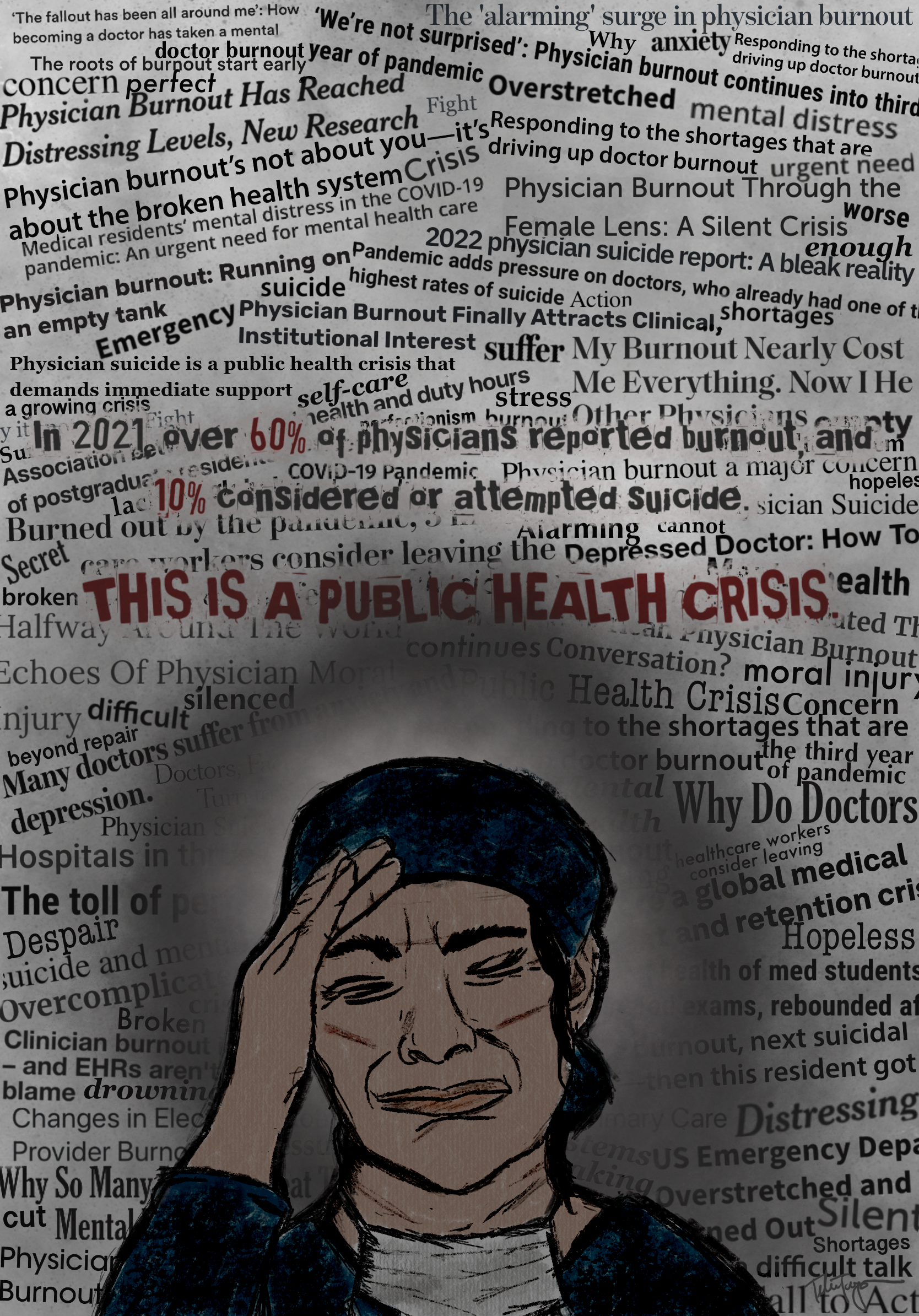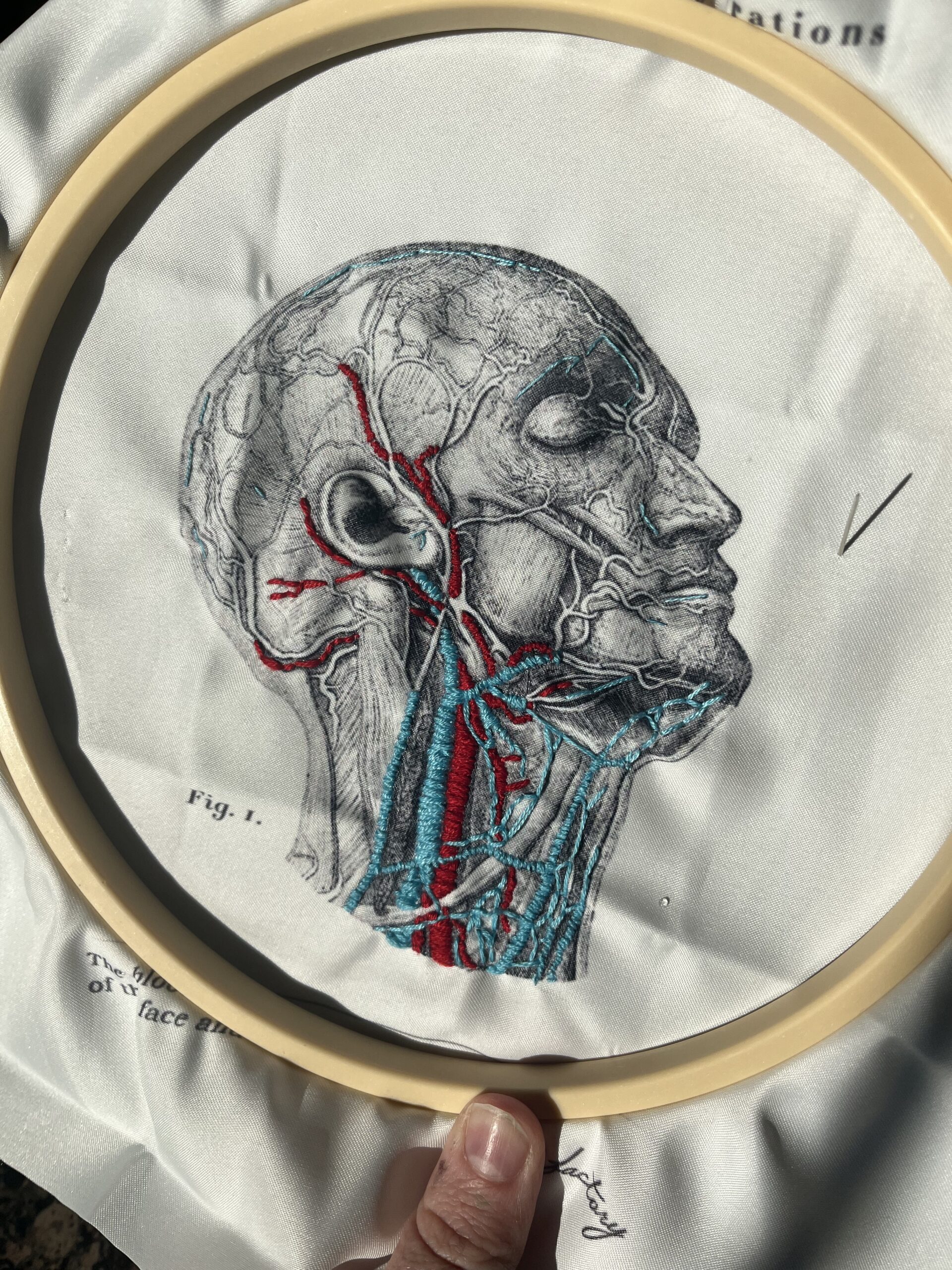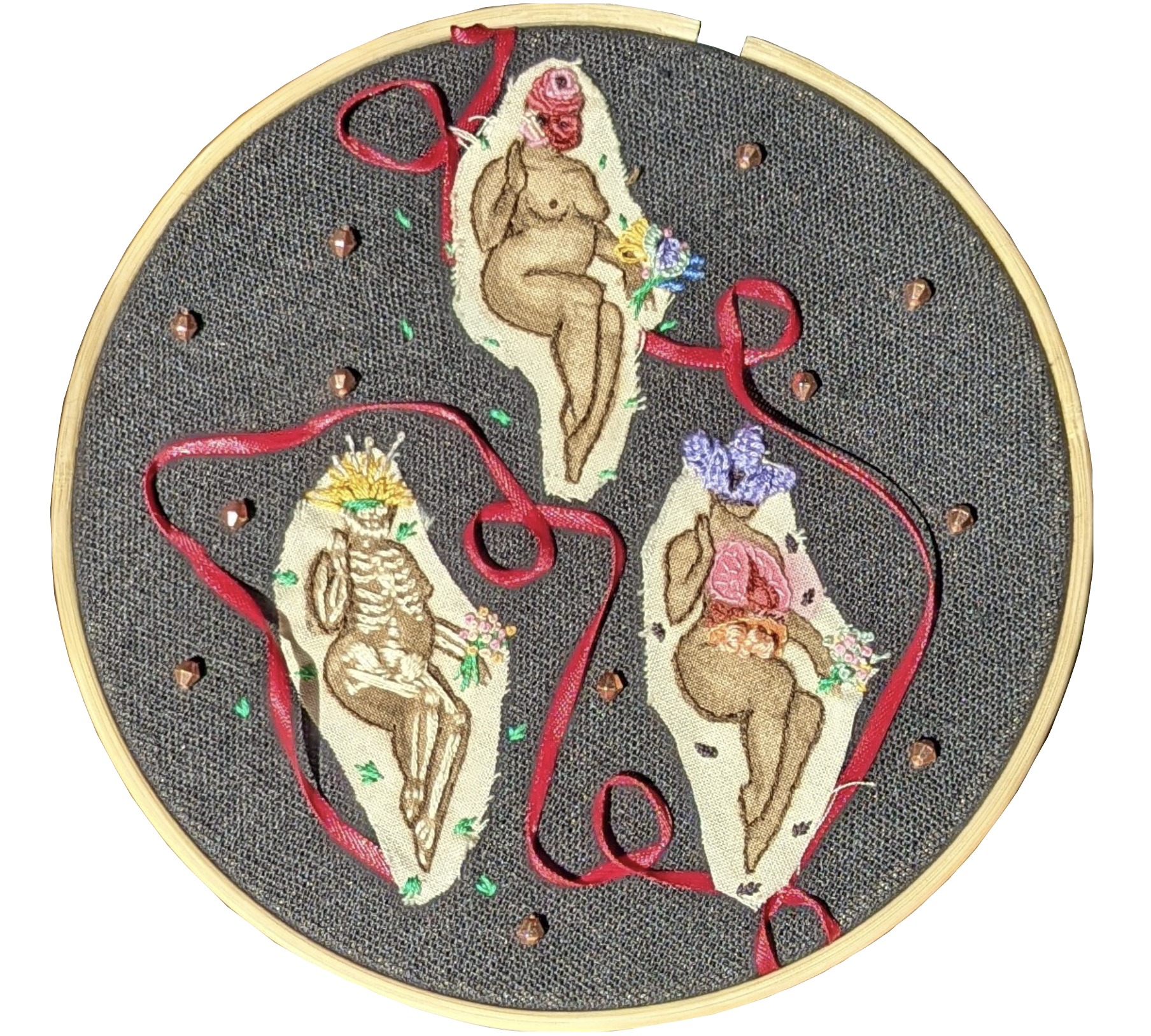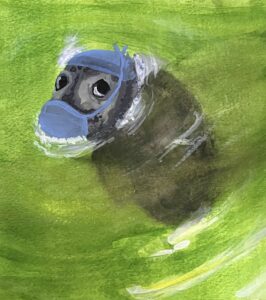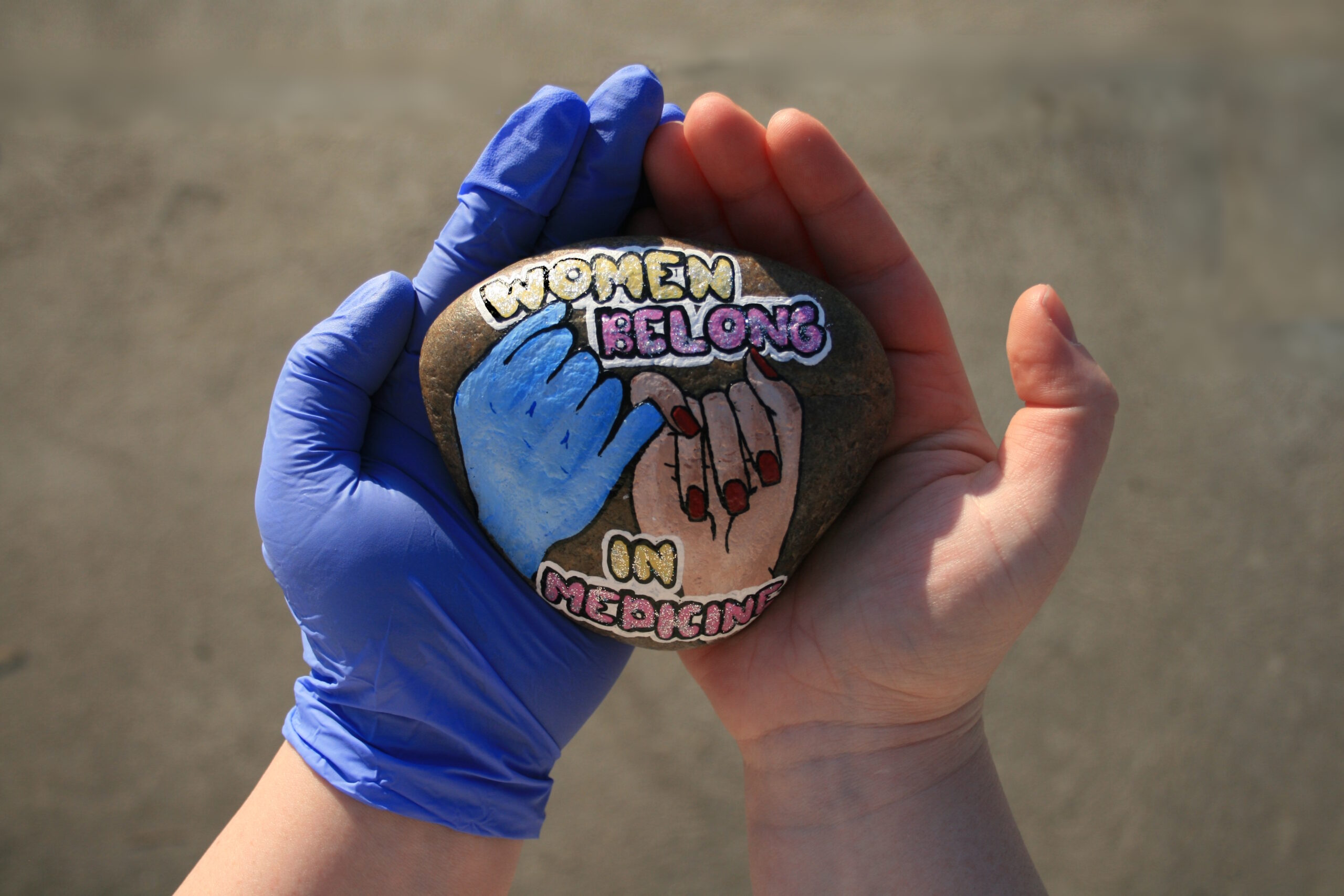My stomach had blown up like a basketball. The discomfort was like previous episodes of constipation I have had as a result of Parkinson’s.
A week ago, I had asked a fellow Parkinson’s patient how he got diagnosed. He said he had ten years of constipation, which turns out can be a serious complication of the disease. Parkinson’s does not always present with neurologic symptoms. As it turns out, many Parkinson’s patients have symptoms years before the diagnosis is made. So when my stomach blew up after five days of constipation, I had to pay attention.
I called my internist.
“My stomach is, and I am in pain. Should I go to the Instacare down the street?”
She said, “No, go to the ER. They will likely need to do a CT scan. Dr. McComber is on call.”
Though I had worked at the hospital, I did not know Dr. McComber, but it suddenly sounded potentially serious. When we got to the ER, we were the only patients there. Thank God.
I had looked at my bulging abdomen the day before while passing by a mirror and told my wife, Jody, that I thought I had to lose weight. By the next day, while laying on my bed in discomfort, nothing had improved, and she said insistently, “You have to go to the ER now.”
She was right.
.
We got to the ER around 6 PM. I was the only patient there. I was in significant lower abdominal pain without any relief. I could get no comfort fixated as I was in my dilemma.
When you are in pain, time creeps on slowly. First, the aide came in and took my vitals, then the nurse, and finally, Dr. McComber. It felt as if I had been there an hour, but it probably was only twenty minutes.
Several flat X-ray plates of the abdomen were taken, followed by a CT scan which revealed that the obstruction was caused by a redundant sigmoid colon, a volvulus.
Jody commented that my subjective description of my pain “went from a three to a ten” when I was told the diagnosis.
The next step was a colonoscopy four hours after I had entered the ER, which decompressed my stomach and relieved the pain instantly. My recollection of the procedure was nil.
I thought the situation was resolved, and slept comfortably in my ICU room.
The next morning, despite the fact I thought that I was in the clear (pun intended), I was told that a barium enema was in the offing to ascertain whether the stricture had been released.
It had not; the next step was surgery.
I had had a cold, and my nose was solid and stuffed; I wondered if I could go to surgery with the remnants of a URI. My covid test had been negative. That afternoon I was scheduled for surgery at 12 PM the next day.
For whatever reason, I have always had anxiety about my breathing. In fact, I have had trepidation about dying short of breath. I sort of feel like Woody Allen, who claimed he “does not want to be there when it happens.” In any case, I wondered whether my surgery would be postponed because my airway was plugged.
I had no chance to talk to Dr. Atherton about my concern. I realized the surgery had to be done, cold be damned.
The night before surgery, I began to feel very desiccated; my tongue felt plastered to the roof of my mouth. It was hard for me to speak clearly. I was placed on NPO after midnight, which exacerbated the situation.
Around 8 PM, two residents came into the room to discuss the reality that SLRegional had no cardiology to cover any misadventure that occurred during surgery. I had two cardiac stents (2006 and 2009). I have had no symptoms since. The residents suggested that I might consider being transferred to one of the larger local hospitals.
The thought was daunting: being transferred that night to an unknown surgeon and having to uproot my medical care. I told them I was content with my situation and comfortable with my upcoming care with Dr. Atherton. He had consulted my cardiologist and was assured my heart was not a risk. We were on for the scheduled surgery the next day.
During the night, I tried to cajole a nurse, unsuccessfully, into giving me some ice chips to no avail. I was feeling uncomfortably dehydrated.
At 11 the next morning, I was wheeled into the operating room.
The last thing I recall was Ben, a hulking anesthesiologist I had known over the years, instructing a resident how to introduce a spinal needle into my spine for intrathecal morphine. I was surprised I was being a resident’s trial. I had not been told and was too out of it to question anything.
Ben told him he would “feel a pop when he was in the proper space.” Then he told me he was going to put me out.
I woke after an hour allegedly to the solicitous concerns of my wife and son. They assured me that my comments were hysterical and made little sense. Apparently, I was repetitively saying in a sotto voce, “Thank you very, very, very, very much, I really appreciate your appreciation.” Then for some reason, I counted backwards from 10, 9, 8, 7, 6, 5, 4, 3, 2, 1.
I did not recall much after the surgery, although I was given a barely palatable dinner (tea, jello, an Italian ice, and tasteless broth). My first post-surgical night was uneventful.
However, I began to feel claustrophobic. Any movement was a struggle. Trying to sit up to use the urinal was a struggle; sometimes, I could not direct my stream, and I ended up in a puddle of urine. I would call the nurse for help. It seemed like every thirty minutes. I felt guilty, but I was in need, and they were there to help.
There was no possibility of moving around my room to wander into the hall. There was a shade covering the only window in the room.
For some reason, it was always down. When I got Jody to open it the view was a gray hospital dumpster.
I could not even get interested in TV. I had no distractions from my plight.
Insomnia was totally disturbing. I have always thought that something as integral to life as sleep when disturbed, could portend a major crisis. There was no way I could make myself sleep. I believed that I had not slept for forty-eight hours, and panic set in. For the first time in my life, I began to think I could not breathe easily. I attempted deep breathing (Jody had suggested this as part of her Yoga practice). I could take a deep inhalation, but when I got to the end of exhalation, I panicked, afraid that I would forget how to take the next inhale again.
I asked a nurse for a sleeping pill, but none had been ordered. Melatonin, maybe but nothing else. I kept watching the clock on the wall hoping the hour hand had moved, but whenever I did, it showed 2 AM.
My room became a tribute to my excreta, but that is what happens when you have bowel surgery. My goal for release from the hospital was to start passing gas (and eventually stool).
Thinking of a treat, I ordered myself a piece of chocolate cake for dessert and a glass of milk. Most of it ended up on my gown and bed. It is not easy to eat in bed after stomach surgery.
Finally, on the fifth day of my hospitalization, I had had it. I was in some type of hospital delirium. I felt as if I could not remain sequestered. I believed I was going insane and had to get home, feeling imprisoned and suffocated. Clearly, hospital schedules are designed for its employees, not patients. What is the utility of waking the patient at 2 AM to take vital signs?
On the 5th day of my imprisonment, I decided it was necessary for me to leave the hospital. As I described my progress passing gas and a chestnut-sized piece of stool, Atherton agreed I could leave.
I was grateful to the medical and surgical staff, relieved that my acute crisis had resolved. Two hours later, I was breathing the semi-clean air of the Wasatch. Finally, I was home, free of the hospital claustrophobia.
After thoughts.
I have never been one to use the Internet or seek medical advice from the literature. I trust the advice and information my medical provider gives me. There is a certain solace in not having too much information about a particular medical problem. The issue is one of trust.
In retrospect, I realize that I was in serious trouble. Dr. Atherton had removed 19 centimeters of my redundant colon and delicately anastomosed the ends of the excised colon with staples. Turns out the medical staff refer to him as the elegant surgeon.
If we had waited longer, it is likely I would have suffered sequelae: perforated bowel, ischemic damage to my bowel, and a plethora of other medical misadventures, possibly death.
My cavalier attitude towards significant medical travails serves a purpose: too much information may be unnecessary. In my situation, the speed with which I was treated was made despite my calculated ignorance.
I was given a second chance once again by my wife, Jody, and my skilled medical providers, that I am eternally grateful for.
I am comforted by the fact that my family and friends were near and supportive.
I did not realize how close I had come.
I have since learned particularly from my wonderful home care nursing PT and OT during my recovery how to be more proactive and educated about the Parkinson’s constipation issue.
The itemized bill came to $51,000. I was unable to determine what each item was. Medicare paid $35,000.


